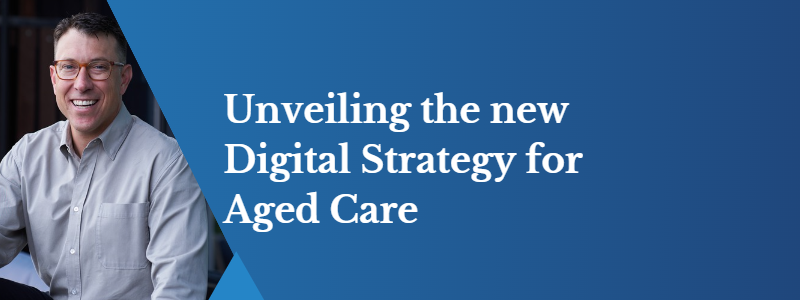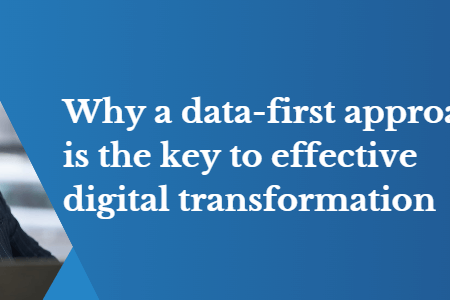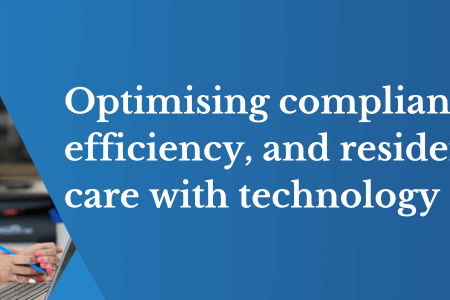Industry update: DoHAC Digital Strategy
August 13, 2024 | Aged Care Reform

The Department of Health and Aged Care has unveiled their Digital Strategy, highlighting the sweeping digital transformation taking place in our aged and home care systems. This isn’t just about better Wi-Fi; it represents a fundamental shift in how health information is managed across the Aged Care sector.
The National Digital Health Strategy 2023-2028 sets an ambitious roadmap with key goals. Central to this strategy is a significant push towards interoperability, ensuring that various health systems can communicate seamlessly. Imagine a future where your GP, physiotherapist, and aged care facility all have real-time access to the same comprehensive information about your health. Additionally, the strategy aims for a 377% increase in the use of vector databases by 2028. These databases are crucial for powering personalised AI in healthcare, like having an exceptionally knowledgeable assistant who is familiar with your entire medical history.
What this means for providers
The ever-changing digital landscape presents significant implications for aged care providers. Here’s what to expect:
- Digital transformation: Providers will need to make substantial upgrades to their digital capabilities and infrastructure. This shift involves more than just adopting new technologies—it requires a complete overhaul to modernise and streamline operations.
- Data integration: There will be a strong emphasis on improving data sharing and achieving better interoperability between systems. The goal is to ensure that different health systems can communicate effectively, allowing for a more cohesive and comprehensive view of patient information.
- Workforce development: Training will be crucial as staff need to enhance their digital literacy and capabilities. Investing in workforce development will be key to ensuring that employees can effectively use new technologies and adapt to evolving systems.
- Consumer engagement: Providers will also need to focus on supporting older people and their families in using digital tools for managing care. Effective consumer engagement will involve educating and assisting clients in navigating these new technologies to manage their care more efficiently.
- Compliance: Expect new standards and regulations related to data governance and security. Providers will need to stay updated and ensure compliance with these emerging requirements to protect sensitive information and maintain trust.
The new digital strategy goes beyond just adopting the latest technology; it aims to enhance digital literacy among healthcare workers and older Australians. After all, even the most advanced system is only useful if people know how to use it effectively. A key component of this strategy is the emphasis on open-source models, which could lead to more innovation, quicker progress, and potentially lower costs. This approach is akin to crowdsourcing the future of healthcare. Ultimately, as our population ages, the goal is not just to improve aged care but to rethink our entire approach to health care for all Australians.
How does this benefit providers?
While the strategy primarily focuses on achieving Department of Health outcomes, providers stand to gain several significant benefits:
- Improved efficiency: Streamlined processes and reduced administrative burdens can lead to cost savings and more efficient operations.
- Enhanced care quality: Better data sharing and analytics enable more informed decision-making, which can improve care outcomes and overall quality.
- Competitive advantage: Providers who adapt early to these changes may gain a market edge by offering more advanced and integrated services.
- Workforce satisfaction: Digital tools can reduce administrative tasks, potentially increasing job satisfaction and aiding in staff recruitment and retention.
- Consumer satisfaction: Enhanced digital engagement can improve relationships with consumers and their families, leading to higher satisfaction.
- Future-proofing: Aligning with the strategy prepares providers for future regulatory changes and technological advancements, ensuring long-term sustainability.
To fully realise these benefits, providers must be proactive in their digital transformation efforts. Simply meeting minimum compliance standards will not suffice. The strategy offers a framework, but maximising these opportunities will require investment in time, resources, and potentially seeking external expertise.
If you’d like to discuss how we can support you through your digital transformation journey, please reach out today. Together, we can create a more connected, efficient, and high-quality aged care system for all Australians.
In the meantime, we’ve provided a downloadable checklist summarising key points and actionable steps to help you get started and prepare for a successful digital transformation. Click here to download.

